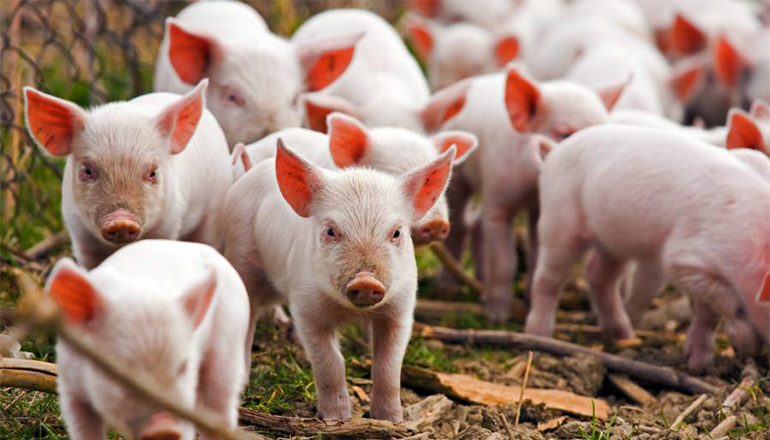When feed prices go up, swine producers usually see profits go down. That’s not the case in 2021.
This gives producers an opportunity to look at feeding to heavier weights despite higher feed costs, says University of Missouri Extension swine nutritionist Marcia Shannon. Higher market weights result in dramatic net gains per pig under current grain and market conditions, she says. This comes despite higher feed inefficiencies. Today’s average pig market weights exceed 280 pounds. Driven by packer demand, pig market weights continue to rise.
Some producers sell pigs at lower weights when feed costs rise, but today’s high market prices call for higher market weights even with rising feed prices, says Shannon. “Pork producers still can afford to feed $6 per bushel corn to heavier finish weights and make a net profit from feeding,” she says. Shannon gives two examples.
Even as corn prices near $6 per bushel, hogs weighing 240 to 300 pounds at $60 per hundredweight fetch a return. This includes a marketing dock for pigs outside of the 240- to 300-pound live market weight and a 15-cent-per-pound charge for facilities and labor. Her model assumes that it takes 10 days to add 10 pounds with a decreased feed efficiency of 3.7 pounds. With current corn prices above $5 per bushel, pigs with a live market hog price of $60 per cwt still make money. Every 25-cent-per-bushel increase in corn prices drops profits by 11 to 96 cents, depending on the final market weight.
In a second scenario, Shannon looks at the impact of marketing weight when the base live market price is $100 per cwt with the same marketing dock and facility charges above. This remains profitable on 240- to 300-pound hogs when corn goes to $6 per bushel. Overall, with corn prices at $5 per bushel, pigs with live market hog prices at $100 per cwt make money. Every 25-cent-per-bushel increase in corn prices cuts profits by 13 to 93 cents, depending on the final market weight. Marketing at lower market weights cuts losses. As conditions change, producers might want to set a price signal on feed costs and market prices to know when to begin selling based on their own operations.
In any market, Shannon recommends that producers fine-tune diets and focus on proper feed adjustments, feeder maintenance, grinding efficiency, diet formulations, and feed quality.









